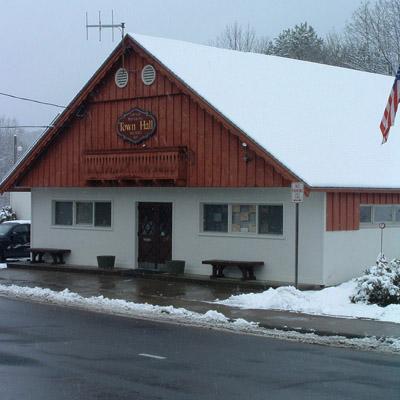Community Collaboration for Northern Forest Conservation and Development

As part of a natural resource-rich region, communities in the Northern Forest are continually trying to balance conservation and development. Finding that balance often needs to include interests from federal, state, and local government agencies as well as citizens, forest products businesses, and environmental groups within forest communities. Long term plans for conservation and development are most successful if these stakeholders pool their resources and expertise to solve a problem that cannot be solved alone. However, this is not easy and many collaborative projects end in failure.
NSRC researchers recognized the importance of understanding what makes collaboration efforts in the Northern Forest succeed or fail. They conducted case studies of successful collaborative conservation and development projects in three Northern Forest communities: North Creek in northern New York’s Adirondack Park; Warren in central Vermont; and Randolph in northern New Hampshire.
Collaboration filled a variety of needs in these communities and helped to provide information, new ideas, labor, funding, political influence, and property. These successful efforts depended on pre-existing relationships and deliberate efforts to build new relationships. Involvement of representatives of key organizations helped provide access to resources the organizations controlled. Unofficial coordinators played critical roles in making sure that the projects kept moving forward. Recognizing these important elements can help to identify strategies other communities can use to succeed with their collaborative projects.
Download printable version [PDF]
Download full final report [PDF]
